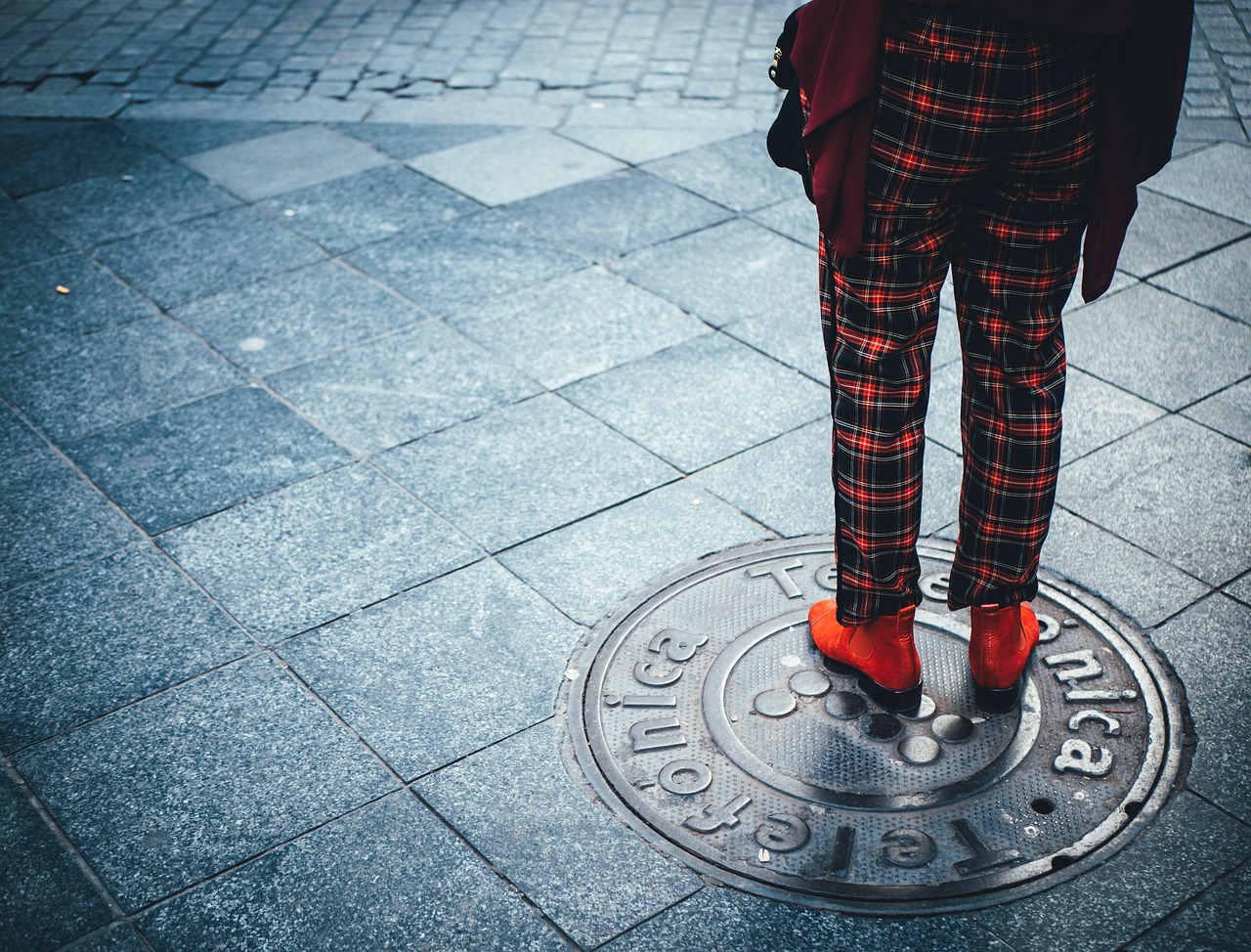Green Textile Dyes: Environmentally Friendly Alternatives in Coloration
gold bet 7 sign up, radheexchange, 11xplay: In today’s environmentally conscious world, the textile industry is making strides towards sustainability by seeking out alternative methods for coloration that are less harmful to the planet. Traditional textile dyes contain a plethora of chemicals and synthetic materials that have a negative impact on the environment during production and disposal. Green textile dyes offer a more sustainable and eco-friendly alternative, providing a solution that aligns with the growing demand for sustainable fashion choices.
Benefits of Green Textile Dyes
Green textile dyes are made from natural materials such as plants, fruits, and vegetables, making them biodegradable and non-toxic. Unlike traditional synthetic dyes, green textile dyes do not contain harmful chemicals that can pollute waterways and harm aquatic life. They also require less water and energy to produce, further reducing their environmental impact.
Furthermore, green textile dyes often result in unique and vibrant colors that cannot be achieved with traditional dyes. These dyes offer a more natural and organic look to textiles, appealing to consumers who value sustainability and authenticity in their clothing choices.
Types of Green Textile Dyes
There are several types of green textile dyes available in the market today, each offering unique benefits and color variations. Some popular choices include:
– Natural Plant-Based Dyes: Made from plants such as indigo, turmeric, and madder, these dyes produce vibrant colors and are biodegradable.
– Biodegradable Synthetic Dyes: These dyes are made from natural materials but offer the color consistency of traditional synthetic dyes.
– Recycled Dyes: Dyes made from post-consumer waste materials, such as recycled water bottles, offer a sustainable alternative to traditional dyes.
How to Incorporate Green Textile Dyes
Many textile manufacturers are incorporating green textile dyes into their production processes to meet consumer demands for sustainable fashion choices. By working with suppliers that offer green dye options, brands can reduce their environmental footprint and appeal to eco-conscious consumers.
FAQs
Q: Are green textile dyes more expensive than traditional dyes?
A: While green textile dyes may be slightly more expensive upfront, the long-term benefits of sustainability and eco-friendliness outweigh the initial costs.
Q: Do green textile dyes fade faster than traditional dyes?
A: Green textile dyes are known for their color fastness and longevity, ensuring that your garments will maintain their vibrant colors for years to come.
Q: Are green textile dyes suitable for all types of fabrics?
A: Yes, green textile dyes can be used on a wide range of fabrics, including cotton, silk, wool, and synthetic blends.
In conclusion, green textile dyes offer a sustainable and eco-friendly alternative to traditional dyes, providing unique colors and benefits for both manufacturers and consumers. By incorporating green dye options into their production processes, textile brands can reduce their environmental impact and appeal to the growing demand for sustainable fashion choices.







